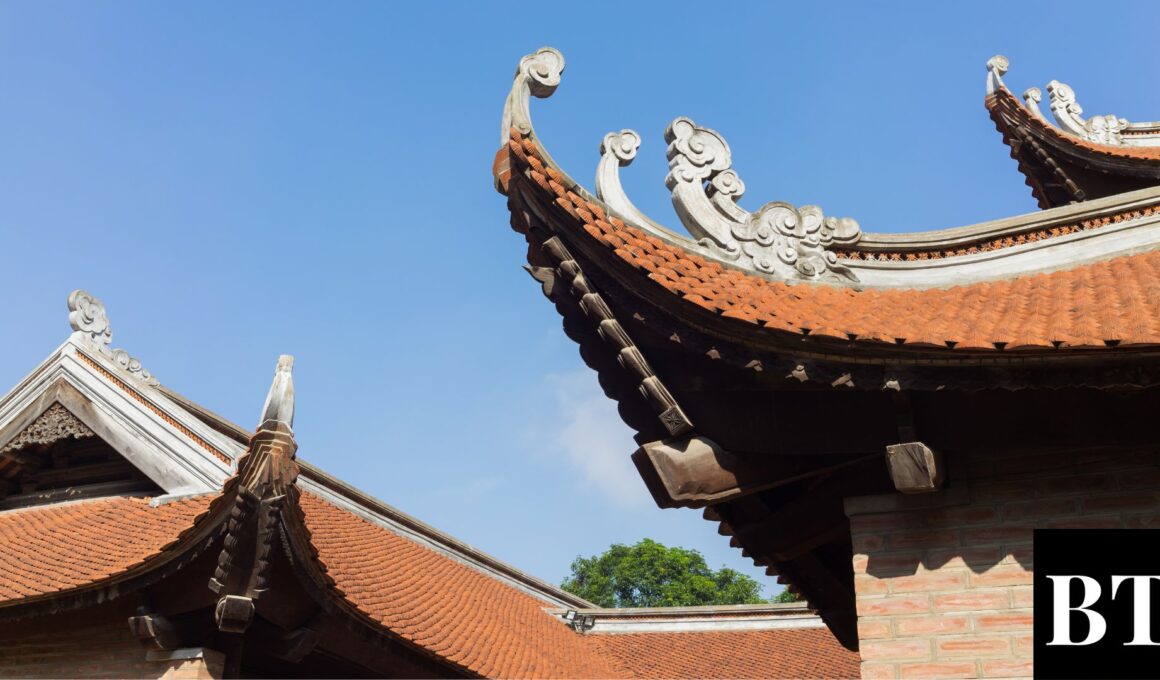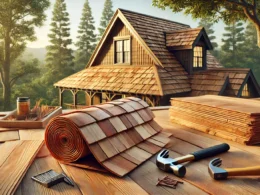In our daily lives, roofs often go unnoticed. They silently stand guard over our heads, offering protection from the elements and adding an architectural touch to our buildings. However, beyond their primary role of shelter, roofs hold a plethora of secrets and fascinating facts that many might be unaware of. From their historical significance in ancient civilizations to the latest innovations in design and sustainability, this world is vast and intriguing. Join us on this journey as we unveil some of the most captivating tidbits about roofs that you likely didn’t know.
1. The Origin of Thatched Roofs

Long before modern roofing materials came into existence, thatched roofs dominated the landscape in various parts of the world. Often made from straw, reeds, or grass, these roofs were not just an economical choice but were incredibly effective insulators against both cold and heat. What’s even more fascinating is that they were a mark of status in some societies; in medieval England, for instance, only the wealthiest could afford superior thatching materials like water reed, while the common folk used materials like straw or heather. Fast forward to today, and thatched roofs are still admired for their aesthetic charm and are making a comeback, especially in eco-friendly constructions.
You might be interested: how to varnish a parquet floor?
2. The White Roofs of Greece

When you picture the serene islands of Greece, white buildings with blue domes and roofs likely come to mind. But have you ever wondered why the majority of Greek roofs are white? The primary reason isn’t just aesthetic. The white limewash used reflects a significant amount of sunlight, keeping homes cooler in the sweltering Mediterranean heat. This natural temperature regulation minimizes the need for artificial cooling, making it an energy-efficient solution. Additionally, the lime in the whitewash acts as a disinfectant, preventing the growth of bacteria and fungi, thereby offering a natural way to keep homes hygienic in the humid coastal environment.
3. Asia’s Rooftop Gardens and Farms
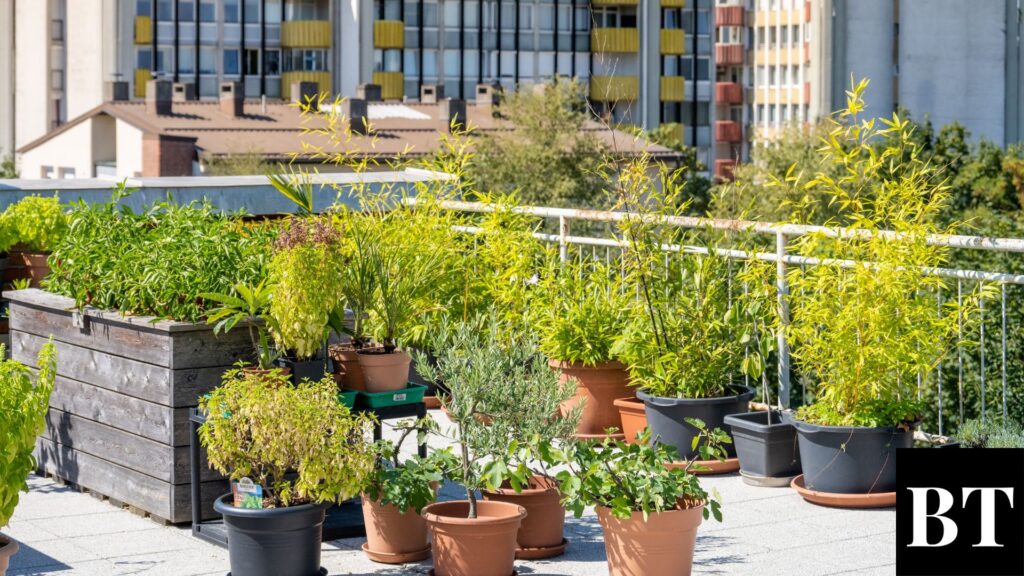
In densely populated cities across Asia, rooftops have transformed into functional spaces for agriculture and relaxation. This innovative use is not just about optimizing space but is rooted in ancient traditions. For instance, in ancient China, rooftop gardens were considered symbols of wealth and prosperity. Fast forward to today, and they serve as critical solutions to urban challenges. From Tokyo to Singapore, these green rooftops contribute to reducing the urban heat island effect, managing rainwater runoff, and providing local produce. But there’s a fun twist: in some cities, beehives are maintained on these rooftops, producing honey that captures the unique flavor of the cityscape’s flora. Imagine tasting honey that’s a sweet essence of an entire city’s botanical profile!
4. The Whispering Roofs of the Ancient
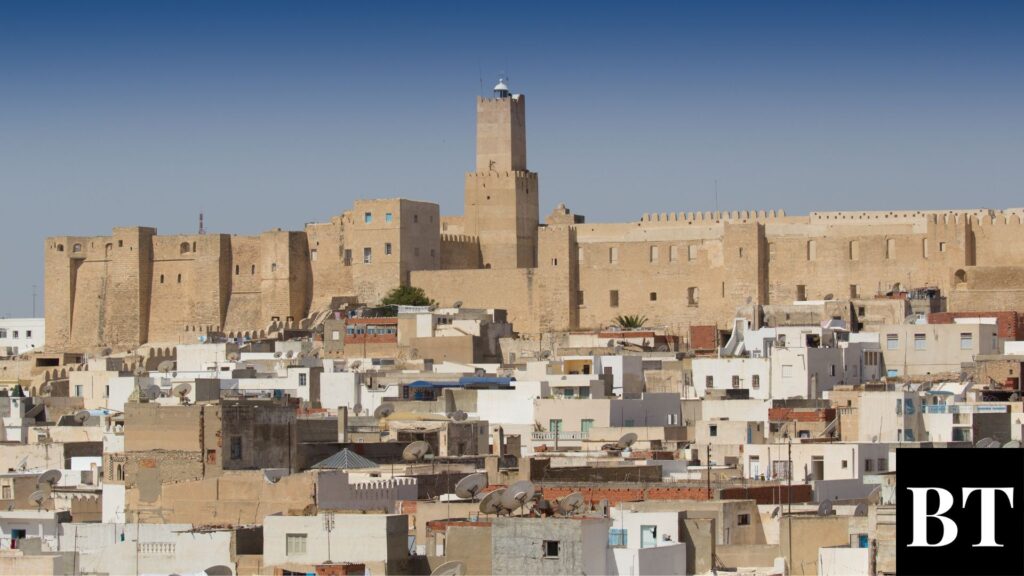
In the annals of history, roofs were not just about protection; they were a medium of communication. Indigenous cultures, particularly in Africa, utilized specific roof designs to convey messages or denote status within the community. A pointed roof, for instance, might signify a gathering place, while intricate patterns woven into thatched roofs could relay tales of valor or important tribal narratives. This subtle language of architecture was so nuanced that merely by glancing at a dwelling’s roof, an informed onlooker could glean much about its inhabitants, their lineage, and their place within the societal hierarchy. Such practices underscore the cultural importance of these constructions, transcending their mere functional roles and highlighting them as storytellers of a bygone era.
5. The Green Revolution: Living Roof
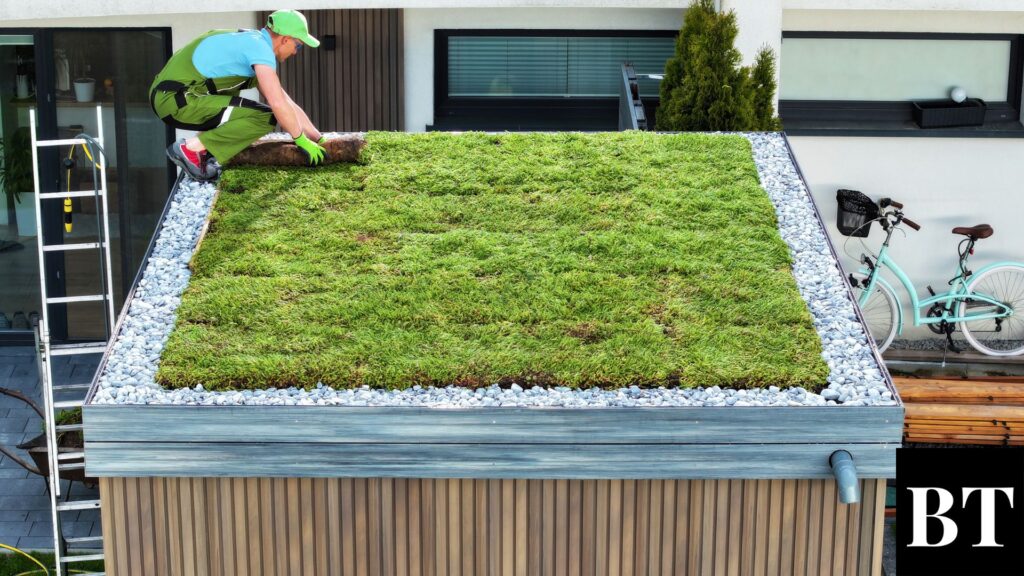
In urban settings worldwide, a green revolution is quite literally taking root atop buildings: living roofs or green ones. These are roofs covered with vegetation, soil, and a waterproofing membrane. Not just a recent trend, ancient Scandinavian homes had turf roofs, providing insulation against cold temperatures. Today’s green roofs offer myriad benefits. They act as insulators, reducing the need for heating or cooling. They manage stormwater by absorbing rain, combat the urban heat island effect, and provide habitats for various species. Moreover, they serve as serene green spaces in concrete-dominated settings. This modern adaptation of an ancient concept showcases the evolving relationship between architecture and nature, proving that sometimes, the best innovations are rooted in the past.
On this occasion, it is worth mentioning the green buildings that are increasingly appearing in large cities such as Singapore. Thanks to the vegetation, the local climate cools down and humidity rises. It’s also an excellent way to absorb dust and other pollutants that harm our health and can cause cancer.
Summary
Roofs, often perceived as mere protective canopies, bear stories and innovations that have shaped civilizations, responded to environmental challenges, and mirrored societal advancements. From the ancient thatched roofs that whispered tales of simplicity to the modern green ones championing sustainability, they are a testament to human adaptability and ingenuity. Each curiosity underscores the intricate bond between architectural choices and their broader implications. As we move forward, who knows what other fascinating secrets and innovations our roofs will unveil? One thing’s for certain, though: innovation.




